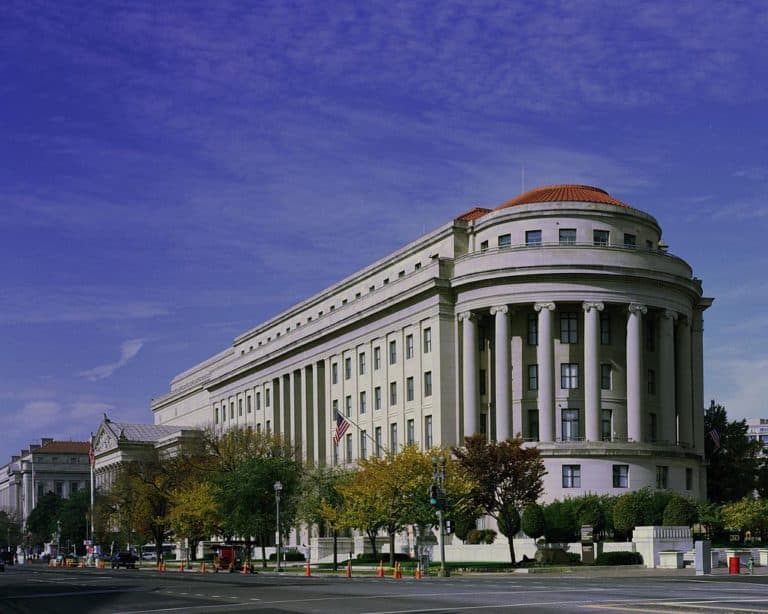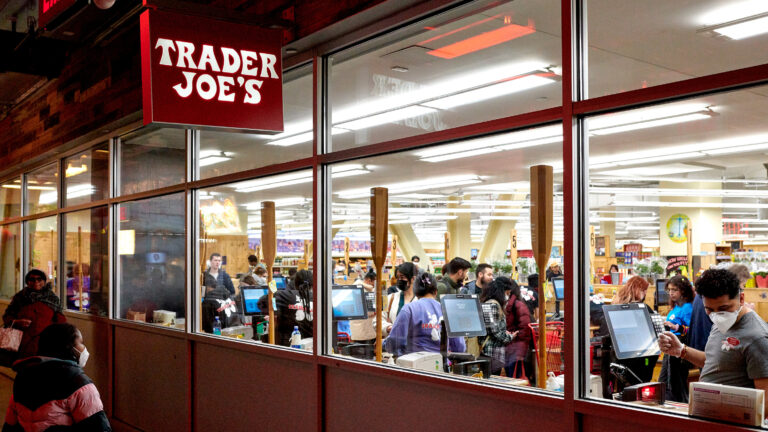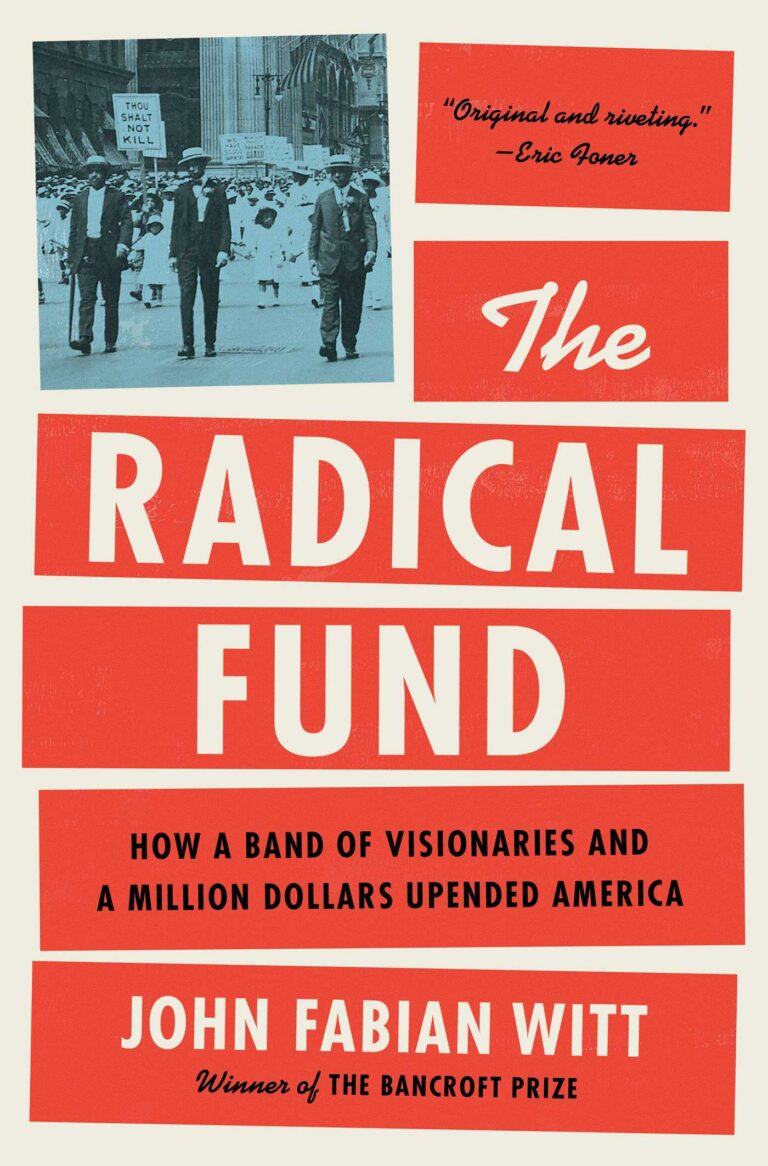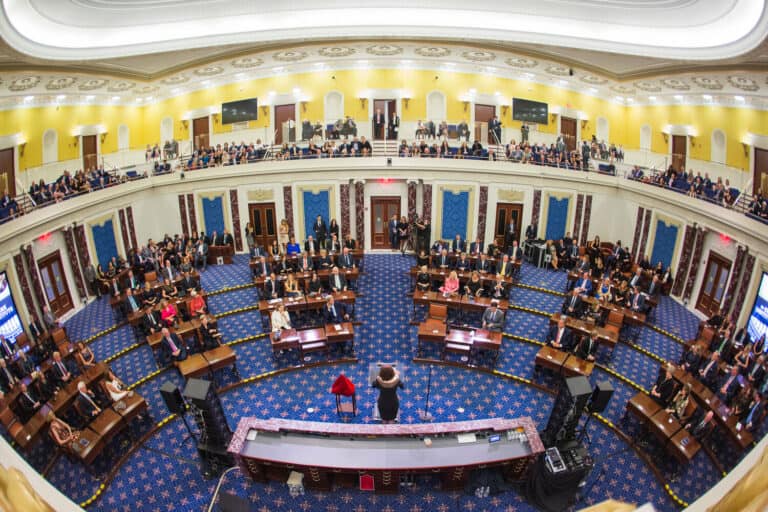
Noah Zatz is Professor of Law at the University of California, Los Angeles.
This post is the first in a three-part series.
Nothing sells like a perverse consequences argument. The movement to “Ban the Box” has run into an objection familiar from debates over the minimum wage and affirmative action: this policy could exacerbate exactly the problem it seeks to solve. Here, the claim is that protecting people with criminal records from workplace exclusion could make racial inequality worse. This argument has three flaws even if the social science is correct: it places blame in the wrong place, it relies upon the wrong definition of racial equality, and it ignores cumulative effects. I will explain each flaw in a series of three posts. I set aside the more conventional objections to Ban the Box, which focus on the costs it imposes on employers, not on the racial significance of criminal record screening.
Let’s start by understanding the perverse consequences objection to banning the box. Massive racial disparities in our criminal justice system mean that employers disproportionately exclude people of color when they exclude people with criminal records. Vice versa, prohibiting or limiting record checks should increase employment for people of color by mitigating this disproportionate exclusion. This appeal to racial justice provides a political argument for limiting record checks directly, as Ban the Box legislation does. It also supports a legal argument that record checks constitute a form of “disparate impact” race discrimination under existing employment discrimination statutes.
But here’s the catch. Although record checking obviously affects how employers treat applicants whose criminal record is revealed, it also could affect how employers treat applicants whose lack of a criminal record is established. What if, among those without records, people of color fare worse than whites when screening is curtailed and fare better when employers screen? If that happened, then the net effect of banning the box could be less hiring of people of color overall: decreased hiring of those without records might overwhelm increased hiring of those with records. A widely noted recent study suggests just this, consistent with earlier research. From these empirical findings, some (also here) have concluded that banning the box is counterproductive from a racial justice perspective.
How could this counter-intuitive empirical result arise? The answer is racial profiling. That provides the first clue that something is amiss with translating the empirical result into a prescription against banning the box. The same researchers who find negative net employment effects attribute those effects to employers’ propensity to apply racial stereotypes about criminality.
Ban the Box interacts with racial profiling because, unless it checks or asks, an employer has no information one way or the other about an applicant’s criminal record. Without individualized information, employers apply racial stereotypes that place applicants of color under a cloud of suspicion. But when employers check, they confirm not only who does have a record but also who does not, enabling employers to target the former for more accurate exclusion. The racial exclusion from stereotyping when employers don’t check could exceed the racial exclusion from accurate screening when they do check. That is exactly what happens, according to the studies.
So here’s the problem. By accepting a baseline in which employers engage in racial profiling if they cannot check records, the perverse consequences argument lets employers take hostages. If the law won’t let us openly exclude people with records, then we’ll discriminate against people of color without records instead. Therefore, what? Clearly the first best solution would be to suppress both forms of discrimination. We should ban the box and vigorously prevent employers from racially profiling. Free the hostages without paying the ransom.
The natural rebuttal is a cynical, pragmatic one: let’s stipulate (plausibly) that we have to live with seriously under-enforced employment discrimination laws, especially with regard to subjective decision-making outside any formal policy. Indeed, legal challenges to widespread but subtle, often unconscious, stereotyping are precisely what the Supreme Court (per Justice Scalia) gutted in its Wal-Mart decision restricting class action discrimination claims. If we can’t free the hostages, perhaps we should pay the ransom.
There is no easy solution to a hostage crisis. At a minimum, though, we should recognize that the perverse consequences argument against Ban the Box represents a reluctant concession to our collective unwillingness to fight discrimination vigorously, not a principled advance toward racial justice.
But wait, there’s more! See the next post tomorrow.






Daily News & Commentary
Start your day with our roundup of the latest labor developments. See all
November 18
A federal judge pressed DOJ lawyers to define “illegal” DEI programs; Peco Foods prevails in ERISA challenge over 401(k) forfeitures; D.C. court restores collective bargaining rights for Voice of America workers; Rep. Jared Golden secures House vote on restoring federal workers' union rights.
November 17
Justices receive petition to resolve FLSA circuit split, vaccine religious discrimination plaintiffs lose ground, and NJ sues Amazon over misclassification.
November 16
Boeing workers in St. Louis end a 102-day strike, unionized Starbucks baristas launch a new strike, and Illinois seeks to expand protections for immigrant workers
November 14
DOT rule involving immigrant truck drivers temporarily stayed; Unions challenge Loyalty Question; Casino dealers lose request for TRO to continue picketing
November 13
Condé Nast accused of union busting; Supreme Court declines to hear Freedom Foundation’s suit challenging union membership cancellation policies; and AFT-120 proposes a “Safe Sleep Lots” program for families facing homelessness.
November 12
Starbucks and the NLRB face off over a dress code dispute, and mental healthcare workers face a reckoning with AI.